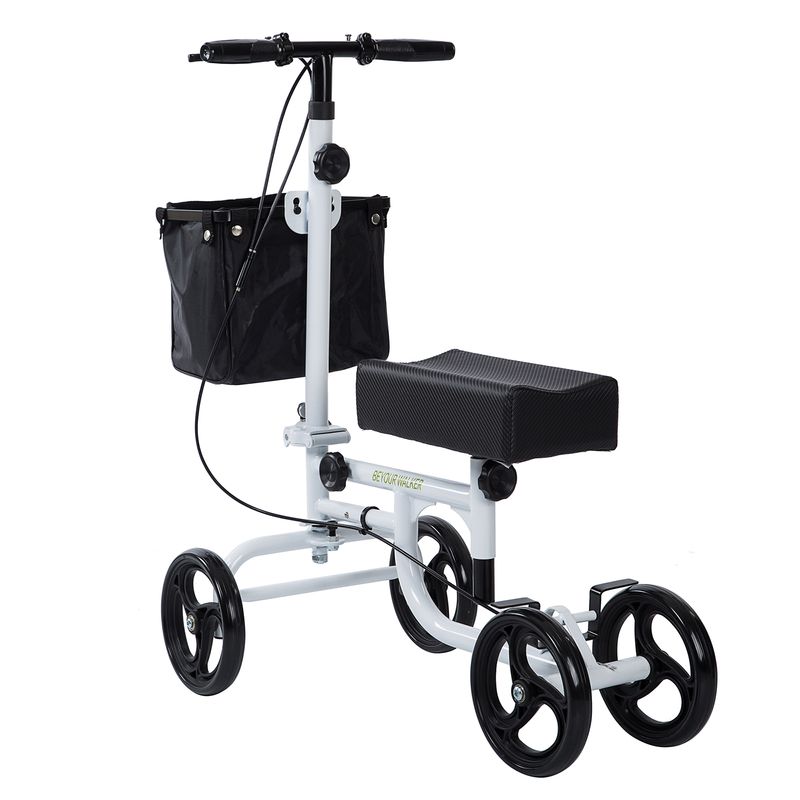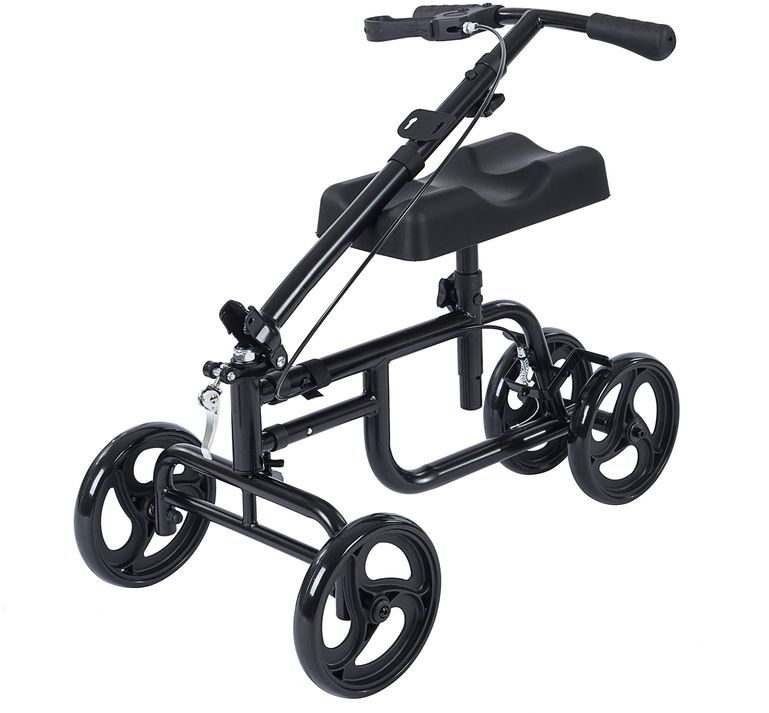Living with limited mobility presents considerable challenges and has a profound impact on one's daily existence. However, advancements in assistive devices have provided opportunities for individuals to regain their autonomy and improve their overall well-being. One such remarkable innovation is the walker rollator, a revolutionary mobility aid. In this discourse, we shall explore the manifold advantages, features, and considerations associated with employing a walker rollator, while also elucidating the significance of knee joint replacement in the restoration of mobility.
Benefits of Using a Walker Rollator
The utilization of a walker rollator proffers multifarious benefits to individuals grappling with issues of mobility. Primarily, it bestows exceptional stability and support, allowing users to maintain their equilibrium and execute ambulation with confidence. The sturdy frame and the inclusion of four wheels in a rollator ensure heightened steadiness, substantially diminishing the risk of falls and injuries. Furthermore, most rollators are equipped with brakes, endowing users with the ability to halt securely whenever deemed necessary.
Enhanced Mobility
Unlike conventional walkers that necessitate elevation and progression, a rollator presents a more expedient and effortless mode of locomotion. By incorporating wheels, a rollator facilitates propulsion with minimum exertion and strain. This attribute renders it particularly suitable for individuals with diminished upper body strength or those enduring joint pain, as it mitigates the magnitude of force required for traversal.
Independence and Confidence
Foremost among the advantages of employing a walker rollator is the restoration of autonomy. By depending on this mobility aid, users can perform their customary activities with minimal assistance, engendering a sense of self-reliance and self-rule. Aided by the augmented stability and support engendered by a rollator, individuals can navigate diverse terrains and environments with assurance, encompassing uneven surfaces and outdoor landscapes. This newfound liberation confers immense psychological benefits, bolstering self-esteem and overall well-being.

Understanding Knee Joint Replacement
For individuals grappling with severe knee pain or compromised mobility arising from joint infirmity, knee joint replacement surgery assumes paramount significance. Knee joint replacement involves the surgical substitution of a damaged knee joint with an artificial implant, culminating in the amelioration of discomfort and the restoration of function.
Reasons for Knee Joint Replacement
Knee joint replacement is customarily recommended for individuals afflicted with conditions such as osteoarthritis, rheumatoid arthritis, or those who have sustained a substantial knee injury. When conventional remedies prove inadequate, orthopedic surgeons may advocate knee joint replacement as an efficacious intercession to reinstate mobility and alleviate suffering.
Benefits and Recovery
The advantages of knee joint replacement surgery extend beyond mere pain mitigation. By substituting the impaired joint with an artificial counterpart, this procedure aids in enhancing joint functionality, augmenting mobility, and rescuing one's overall quality of life. Those who undergo knee joint replacement frequently experience diminished pain levels, expanded range of motion, and an amplified ability to partake in physical activities hitherto precluded. Nevertheless, it is imperative to note that the triumph of the surgery hinges upon diligent post-operative rehabilitation and physical therapy. Through structured exercises and therapies, patients can regain vigor, suppleness, and the optimal functioning of the replaced joint, ensuring a prosperous convalescence with enduring effects.
Conclusion
The advent of the walker rollator has engendered an extraordinary metamorphosis with regard to the lives of individuals grappling with mobility impediments. Its stability, ease of use, and heightened mobility render it an invaluable adjunct for those necessitating assistance. Additionally, knee joint replacement surgery serves as a profound panacea for individuals afflicted by debilitating knee ailments that significantly curtail mobility and incite acute agony. By embracing these alternatives and formulating judicious decisions, individuals can embark on an odyssey towards the amelioration of mobility, the reclamation of autonomy, and the ultimate elevation of their overall quality of life.



